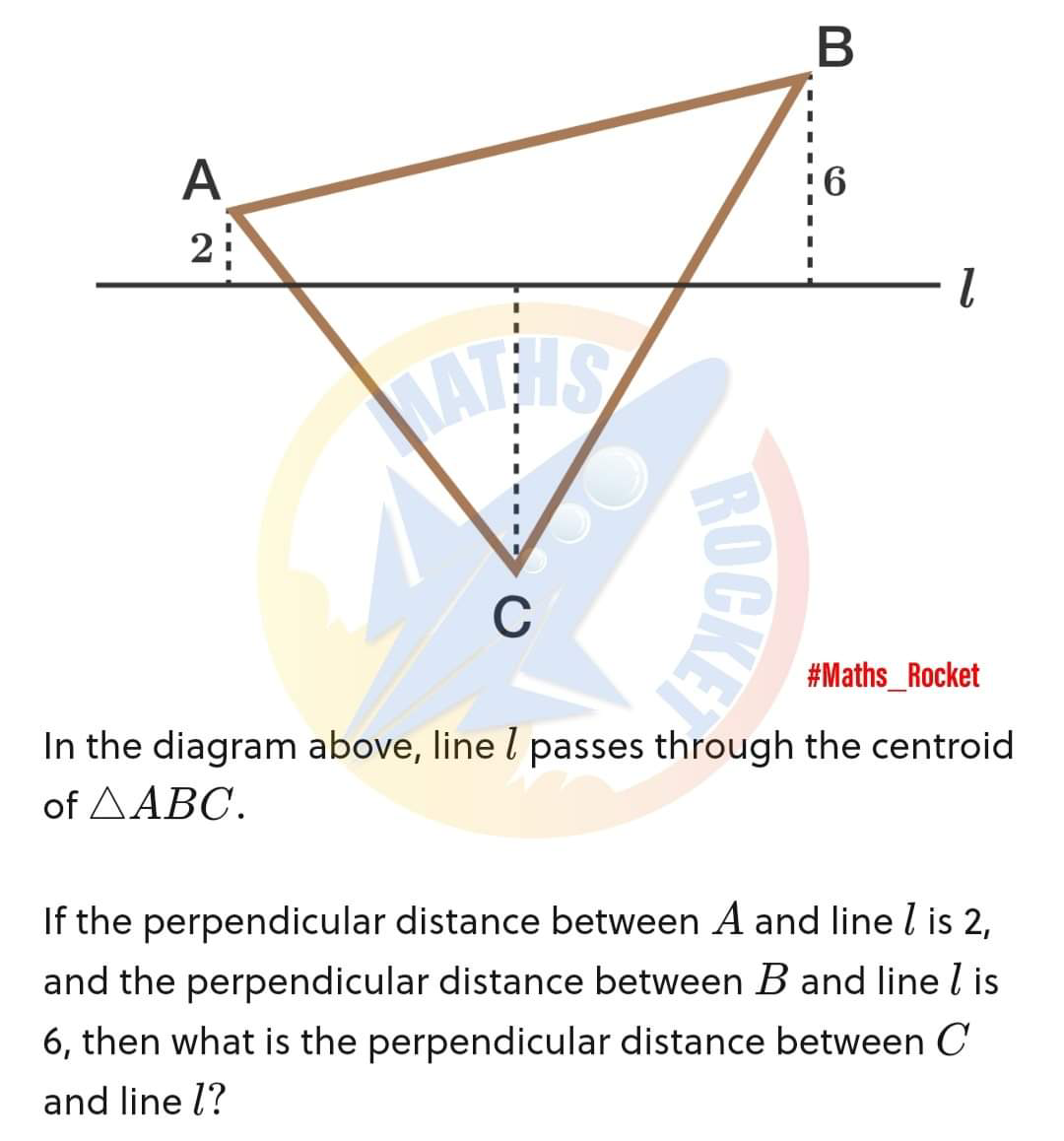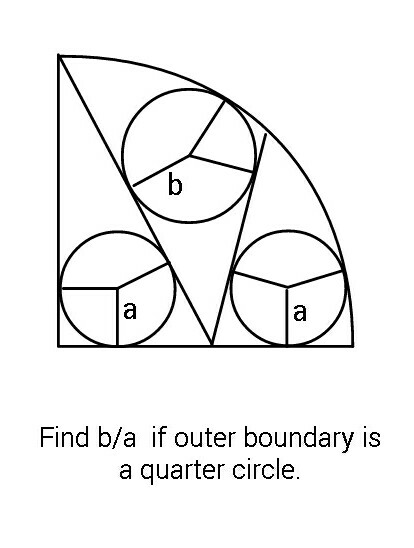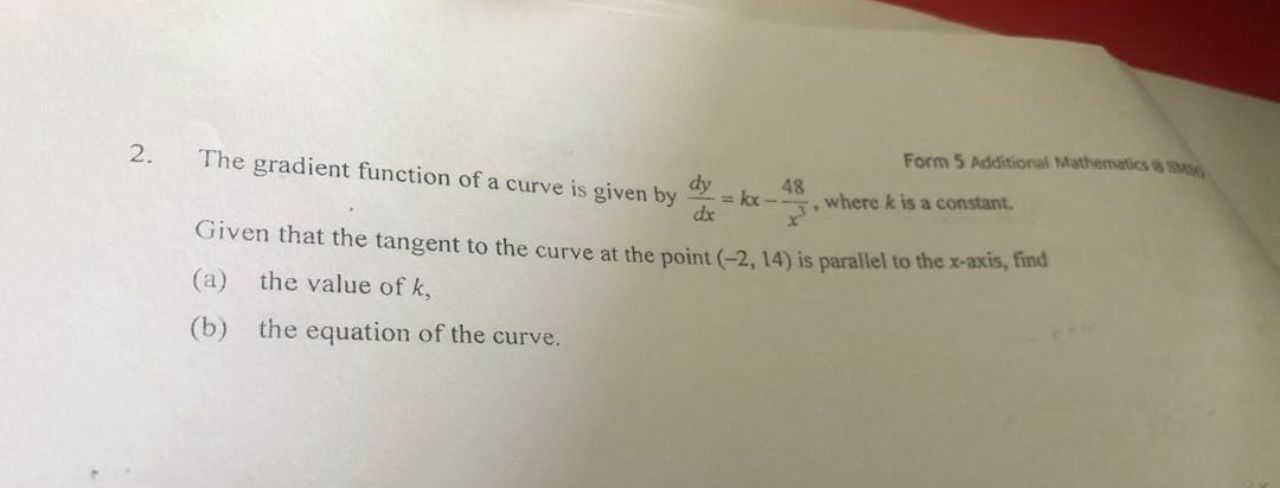
AllQuestion and Answers: Page 1265
Question Number 88860 Answers: 0 Comments: 3

Question Number 88859 Answers: 0 Comments: 1
Question Number 88858 Answers: 0 Comments: 0

Question Number 88852 Answers: 1 Comments: 0
Question Number 88851 Answers: 0 Comments: 1

Question Number 88820 Answers: 2 Comments: 5

Question Number 88811 Answers: 1 Comments: 0
Question Number 88789 Answers: 0 Comments: 7
Question Number 88778 Answers: 0 Comments: 3

Question Number 88794 Answers: 1 Comments: 0

Question Number 88771 Answers: 0 Comments: 4
Question Number 88761 Answers: 0 Comments: 4
Question Number 88758 Answers: 2 Comments: 22
Question Number 88756 Answers: 0 Comments: 0
Question Number 88754 Answers: 1 Comments: 3

Question Number 88752 Answers: 1 Comments: 2
Question Number 88731 Answers: 0 Comments: 3

Question Number 88723 Answers: 1 Comments: 0
Question Number 88710 Answers: 2 Comments: 1
Question Number 88708 Answers: 2 Comments: 5

Question Number 88690 Answers: 1 Comments: 0

Question Number 88683 Answers: 2 Comments: 0

Question Number 88681 Answers: 0 Comments: 2
Question Number 88678 Answers: 0 Comments: 8
$$\boldsymbol{\mathrm{F}}{ind}\:\:\:\sqrt{\boldsymbol{{i}}}+\sqrt{−\boldsymbol{\mathrm{i}}} \\ $$
Question Number 88673 Answers: 2 Comments: 2

Question Number 88663 Answers: 1 Comments: 0
Pg 1260 Pg 1261 Pg 1262 Pg 1263 Pg 1264 Pg 1265 Pg 1266 Pg 1267 Pg 1268 Pg 1269
